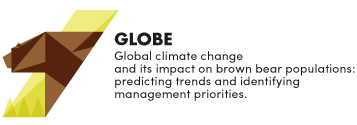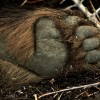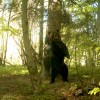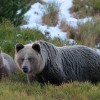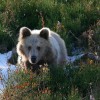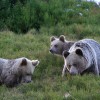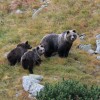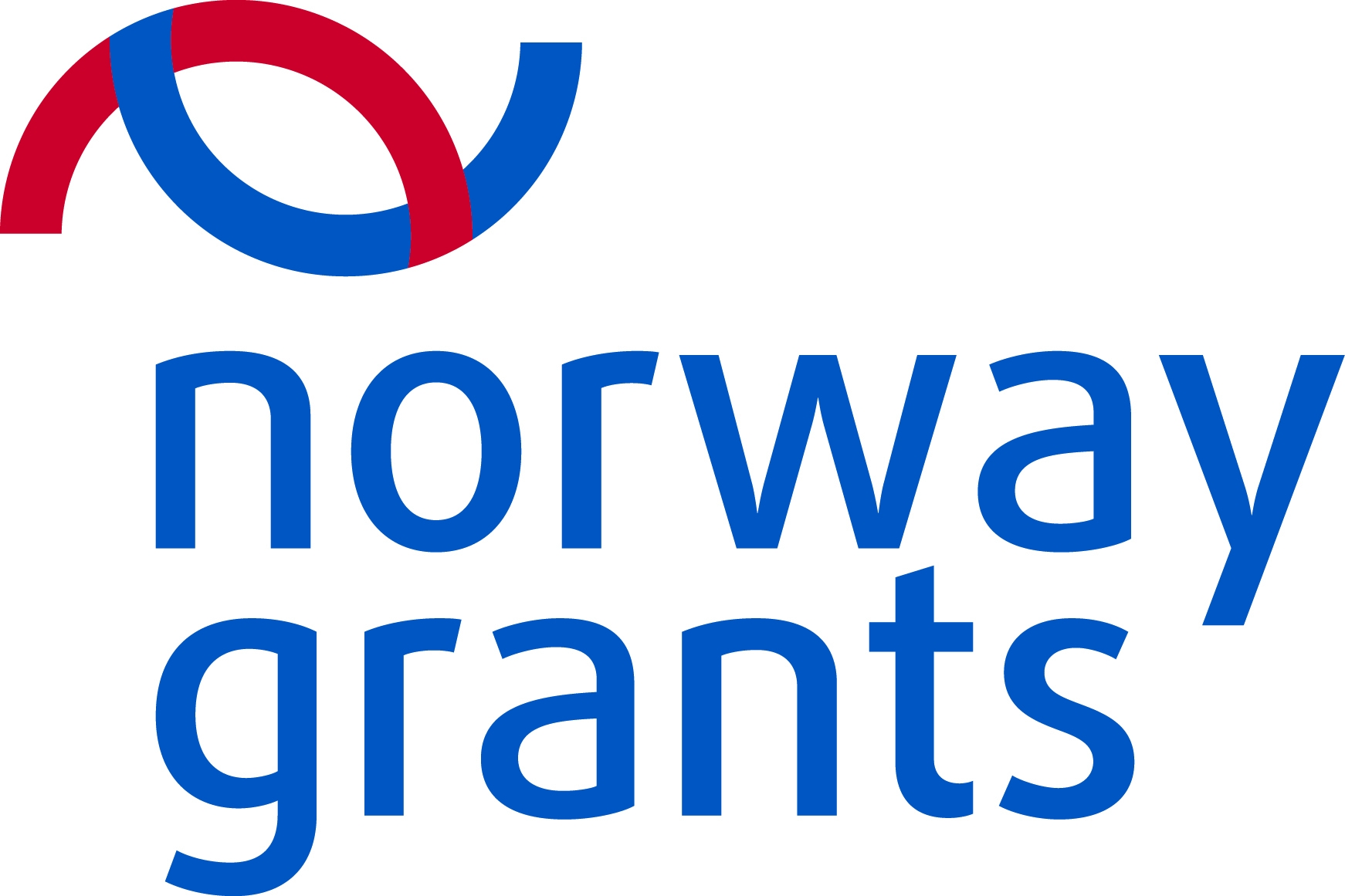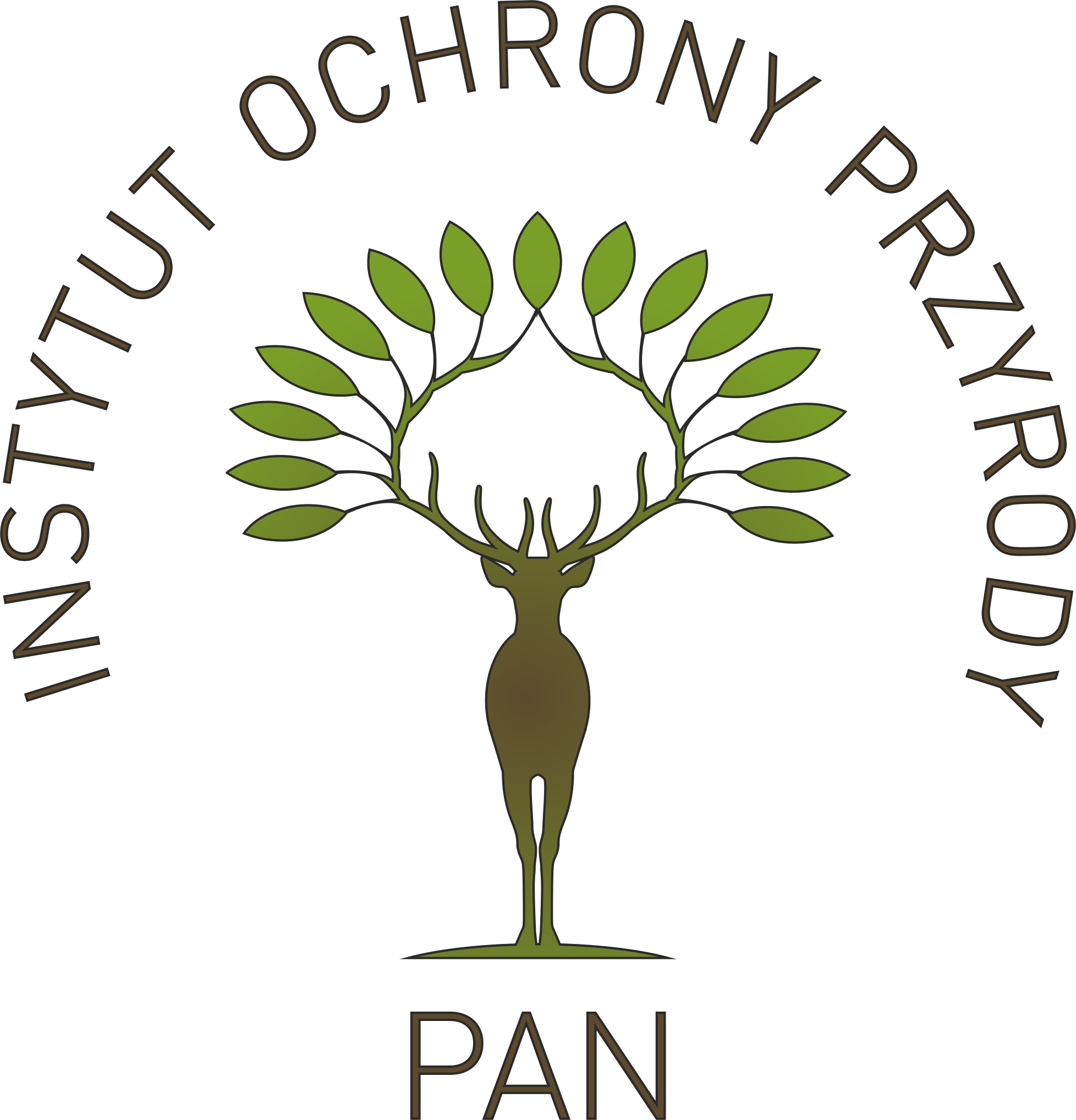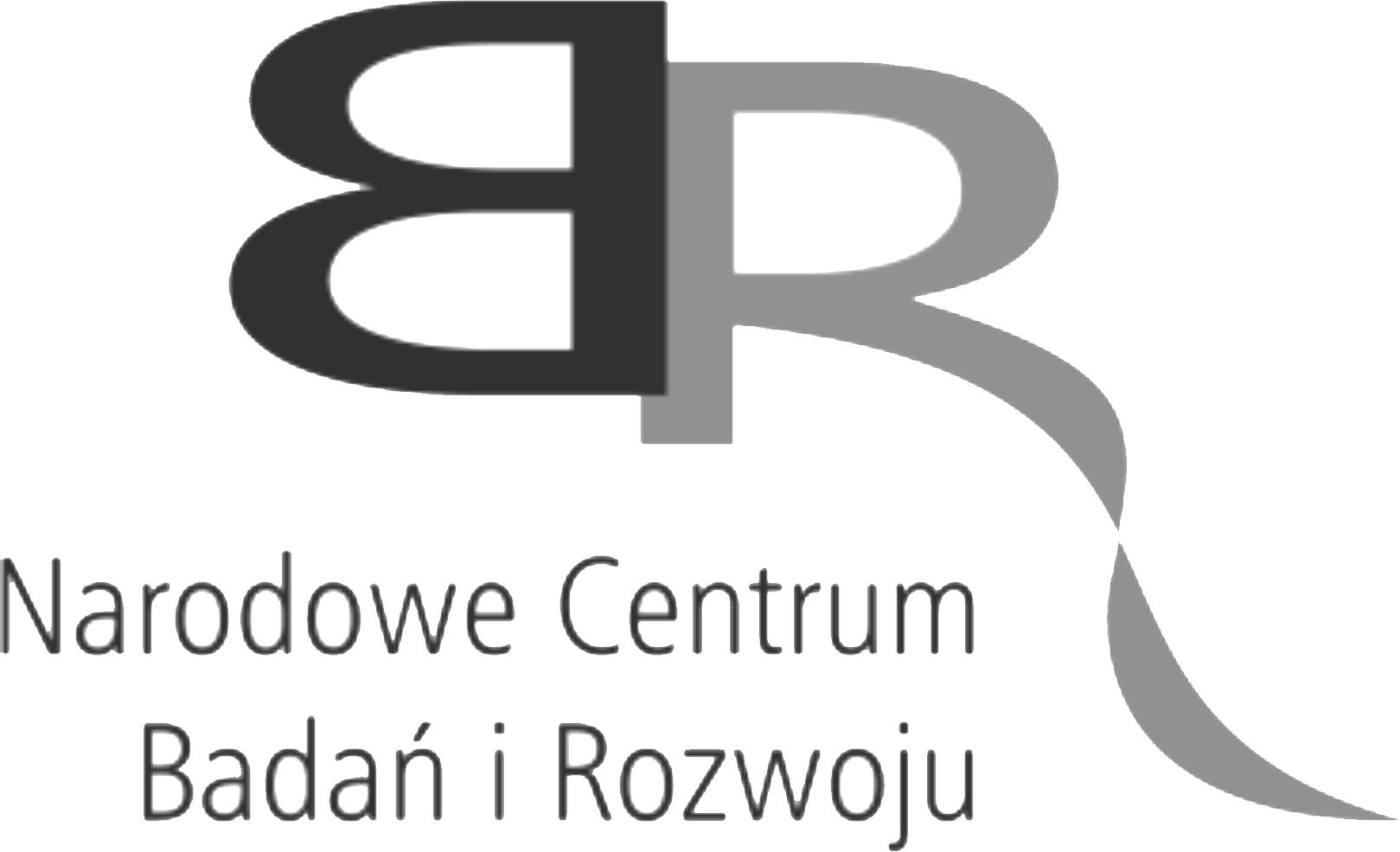WP1. Climate change effects on brown bear winter ecology and distribution range
We will assess recent changes in the climatic conditions of boreal and alpine ecosystems, particularly in the current area of distribution of brown bears in Scandinavia and the northern Carpathians. Our main question is whether bear winter ecology (denning patterns, activity and movements in winter) is being affected by climate changes. We will also explore whether bear distribution has shifted due to climate change. We will use these results to model the effects of expected climatic changes on these parameters. This WP will be based on bear trapping and equipping with GPS collars, analyses of long-term climate and bear winter data, and building climate envelope and predictive models.
WP2. Climate change effects on brown bear foraging ecology
This WP will explore climate-induced changes in brown bear foraging patterns by assessing long-term changes in brown bear diet and in the temporal and spatial availability of bear foods. The first will be done by stable isotope analysis of samples of potential bear foods and bear hairs. The collection of bear hairs covers last 30 years and will be completed with historical samples from museums and samples from trapped bears. The second goal will require the analysis of historical and recent spatial information. This will allow us to assess and predict trophic mismatches and identify mechanisms for bear adaptation to climate change.
WP3. Climate and human-mediated effects on brown bear stress ecology
Here we will investigate how climate conditions, in interaction with human-related factors, such as human disturbance or habitat modification, affect the baseline stress levels of brown bears. This WP also will use the bear hair samples mentioned above; in many cases they come from repeated sampling of the same individuals along their lives. This will allow to explore the link between stress levels and individual life histories (fitness). Hair samples will be analysed for cortisol determination as a measure of long-term stress. This will be coordinated with WP2 to relate stress to diet and habitat features. Hormonal analysis of faecal samples of known bears collected during this and previous projects will be also conducted to assess short-term stress.
WP4. Socio-economic aspects of climate-driven changes in human-bear relations
Climate-induced effects on brown bear populations, such as population expansion to new areas or non-hibernating bears, may increase the probability of occurrence of human-bear encounters. This WP will explore the economic and human dimensions of projected changes in human- bear relations using stated preference methods (choice experiments). We will assess how bears are valued in Norway and Poland and how this relates to the national compensation systems.
WP5. Project management and dissemination
This WP will coordinate WPs and activities and monitor the development of the project by quality control of accomplished tasks, deliverables and milestones. One of the main tasks will be dissemination of the project findings to all interested sectors. It will also focus on the integration of these multidisciplinary approaches in the assessment of climate change impacts on large carnivore populations. This WP will facilitate communication and information exchange, promote a nice working environment and set the bases for a continued cooperation in future between the Norwegian and Polish teams. Main tasks relate to project website and media communication, organization of project workshops, reporting and preparing final practical guidelines for managers.
